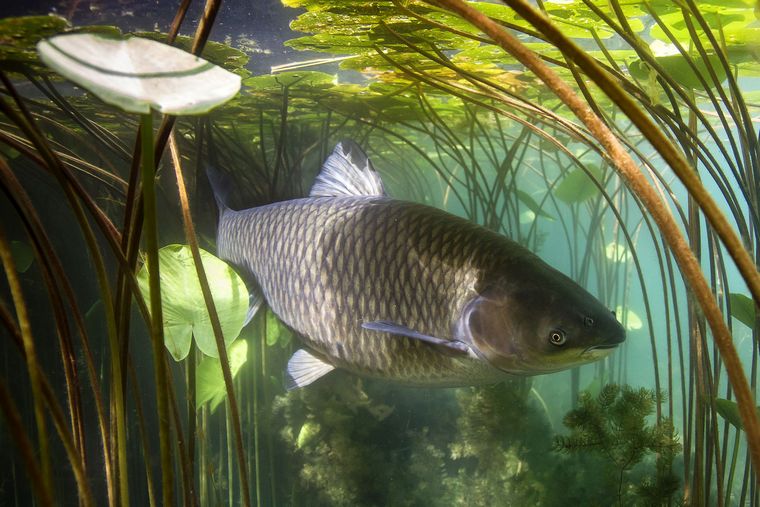
A study released last year confirmed that captured Asian grass carp caught in Ontario were of captive, rather than wild origins.
Southern Illinois University Professor Greg Whitledge researched captured grass carp to determine where the fish were born. He hoped that identifying hatching locations would help better direct management efforts to control natural reproduction.
Whitledge’s study matched the chemical signature in the otolith — a bone in the fish’s ear — to the river of origin. None of the grass carp captured in the Canadian waters of Lake Ontario were wild at the time of the study, though some wild fish were found in Lake Erie afterwards.
Spawning minimal to non-existent
“I take this as a good sign that grass carp spawning in Canadian tributaries to Lake Erie was probably minimal to non-existent during the time frame of our study,” he said.
The study also found the Great Lakes have aquaculture-introduced grass carp and fish from wild reproduction. Approximately 80% of wild fish were caught in Lake Erie, with most originating in the Sandusky or Maumee Rivers in Ohio.
The study discovered multiple year-classes of Asian carp in Lake Erie and some had reached adulthood. Grass carp found in the Ontario waters of Lake Erie were also all from aquaculture sources, although the exact source couldn’t be found.
Exact sources unknown
“They were introduced into the Great Lakes from one or more sources,” Whitledge said. “Unfortunately, we’re unable to pinpoint specific source locations or pathways by which they went from being in captivity to being in the lake.”
The data provides fisheries managers information that should help them choose the right methods to limit natural reproduction. Whitledge said removing fish from spawning streams and limiting flow of those waterways to discourage spawning are two possible control measures.


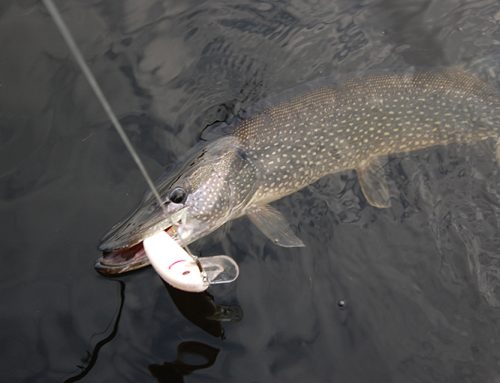
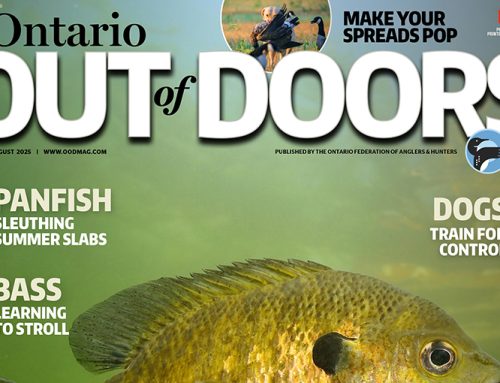
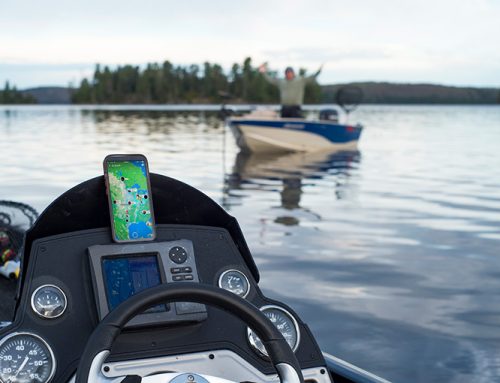
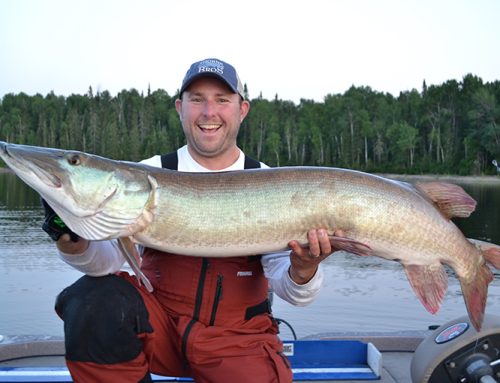
Leave A Comment